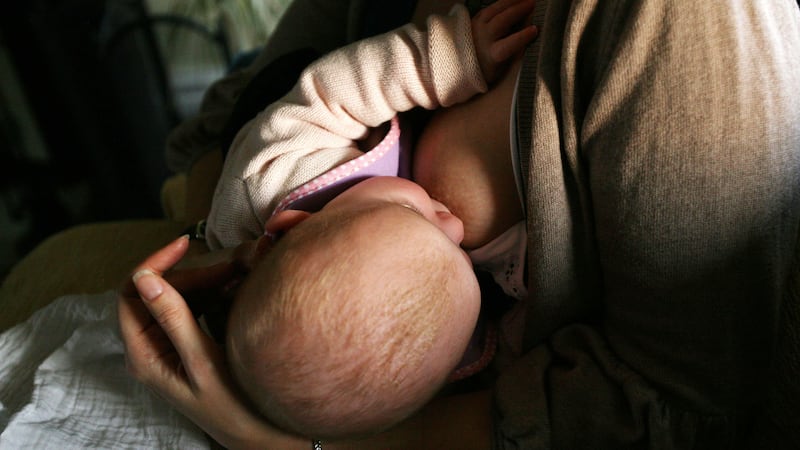A mechanism in the brain could explain why some breastfeeding mothers leak milk when their baby cries and why they continue to care for infants even when tired.
It is a long-established observation that a mother’s breasts may leak milk when they hear a crying baby, with previous studies finding that calls for milk – and not suckling itself – lead to a surge of the feel-good hormone oxytocin in the brain.
Researchers from the NYU Grossman School of Medicine looked at the brain circuits of a dozen female mice to determine the process for the oxytocin release.
They found cries from mouse pups travelled to an area of the mother’s brain known as the posterior intralaminar nucleus of the thalamus (PIL), a sensory hub that then sends signals to brain cells in another region called the hypothalamus, which controls hormone activity.
According to researchers, cells in the hypothalamus are usually “locked down” by proteins that prevent false alarms and wasted milk, but 30 seconds of continuous crying prompted signals from the PIL to build up and overpower the proteins.
The findings – published in the journal Nature – also showed the oxytocin surge only occurred in mother mice and not females who had never given birth.
The mothers’ brains only responded to their own offspring’s crying and not computer-generated sounds.
Habon Issa, a graduate student at NYU Langone Health and co-lead author, said: “Our findings uncover how a crying infant primes its mother’s brain to ready her body for nursing.
“Without such preparation, there can be a delay of several minutes between suckling and milk flow, potentially leading to a frustrated baby and stressed parent.”
The team also explored parenting behaviour in the mice.
Normally, a mother will retrieve their pups if they are removed from the nest.
However, when researchers blocked the PIL from communicating with oxytocin neurons, they eventually stopped.
Once the circuit was switched back on, the mother mice continued caring for their offspring.
Robert Froemke, from the Department of Neuroscience and Physiology at NYU Langone, said: “These results suggest that the crying-prompted brain circuit is not only important for nursing behaviour, but also for maintaining a mother’s attention over time and encouraging effective care of her young even when she is exhausted.”
The team said learning how the oxytocin system works in humans “may offer new ways to help human mothers who want to breastfeed but struggle to do so”.
However, Mr Froemke warned that the team only measured hormone release and not lactation itself.







